The Fitz Special is an interesting weapon with an interesting backstory. I’ve been watching gangster movies lately. The last two I took in were Public Enemies and The Highwaymen. The first stars Johnny Depp as Public Enemy Number One, John Dillinger, and the second, Kevin Costner and Woody Harrelson as the lawmen who took down Bonnie and Clyde. Both are great movies.
As a gun guy, one of my favorite scenes in The Highwaymen was when Frank Hamer, played by Costner, walked into a Lubbock, Texas gun store and bought a whole raft of classic blasters right off the shelf, including a Thompson submachine gun and a fully automatic Colt Monitor. Throw in a Colt M1911 series pistol, Smith & Wesson 1917 revolver, Remington Model 11 riot gun, Winchester Model 94, and scoped 1903 Springfield and it was a shopping spree that dreams are made of. They even helped him carry it all out to his car. The real Frank Hamer didn’t get his guns that way, but it’s still a great scene.
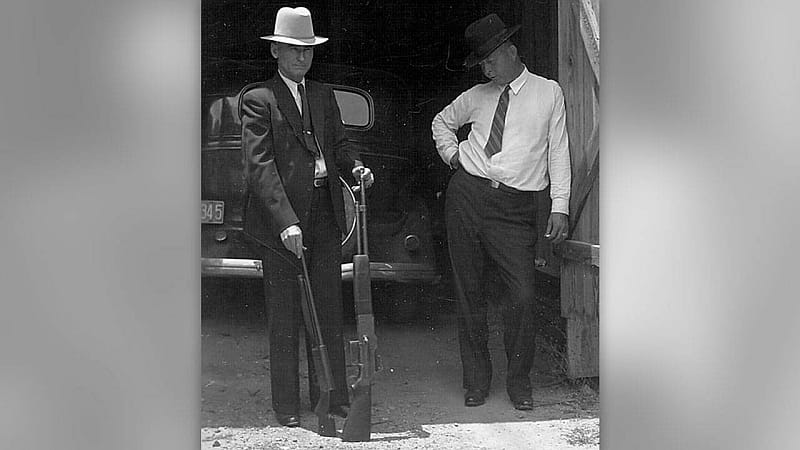
The Great Depression was the last gasp of the folk hero outlaws. Dillinger, Bonnie and Clyde, Pretty Boy Floyd, and Baby Face Nelson enjoyed celebrity status until their inevitable violent end in 1934. Perceived by much of the public as modern-day Robin Hoods sticking it to the banks who were, in turn, sticking it to the little guy, those outlaws were, in reality, stone-cold killers who didn’t flinch from gunning down anyone who got in their way.
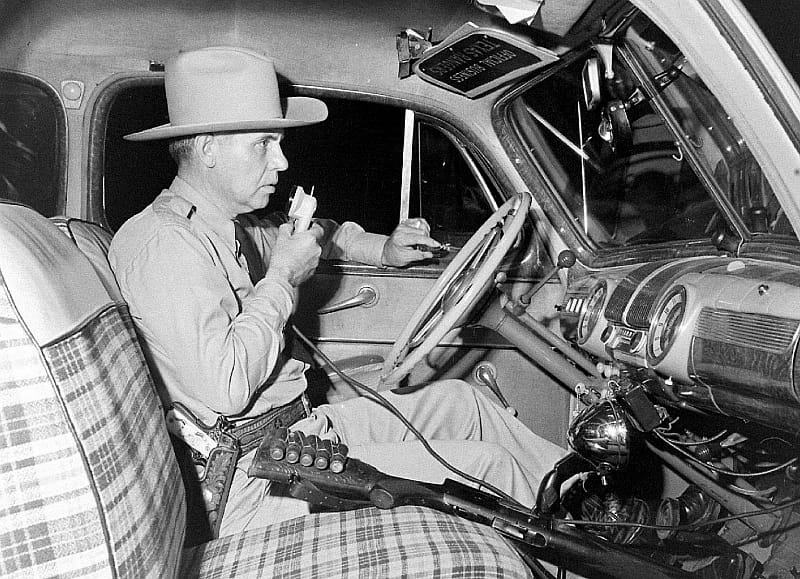
For every Dillinger or Nelson, there were probably dozens of wannabes. And before radio networks and a stronger police response changed the game, lawmen often confronted them suddenly, without warning or backup. Something from The Highwaymen struck me when Hamer observed that policemen didn’t want to shoot Bonnie Parker because she was a young girl, giving Clyde Barrow the extra second to get the drop on them. I have no idea whether Hamer actually said that, but it makes sense. Barrow would not have hesitated at all.
The sudden and violent nature of such encounters may have led some cops to look for a competitive edge if they found themselves face to face with an outlaw who preferred to shoot his way out of trouble. Many lawmen of the time traveled heavily armed. A few of them also turned to a specially designed gunfighting revolver known as the “Fitz Special.”
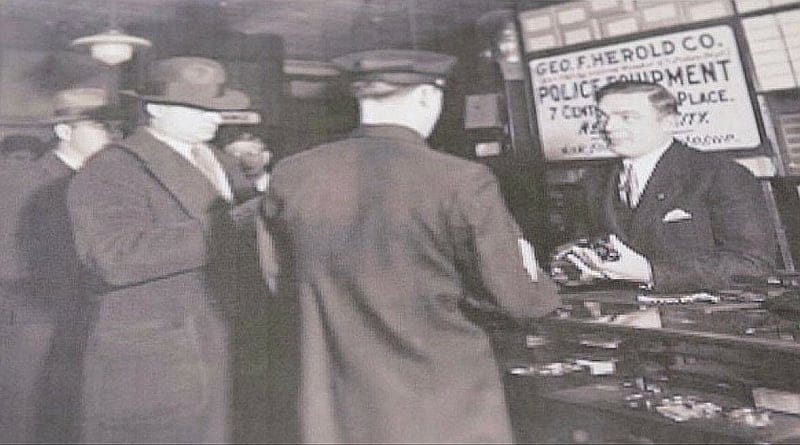
John Henry FitzGerald
The Fitz Special was the brainchild of John Henry FitzGerald, a longtime gunsmith and competitive shooter for Colt. Born in 1876, FitzGerald was a bare-knuckle prizefighter and well-known champion pistol shooter from a young age. He preferred Colt New Service revolvers and was adept at improving their actions for competitive shooting. He also served as a New York state trooper and police firearms instructor. Colt hired him in 1918 to their arms testing department, but most of his work for the company was as a spokesman whose primary job was to serve as a liaison to police agencies to facilitate sales contracts for Colt.
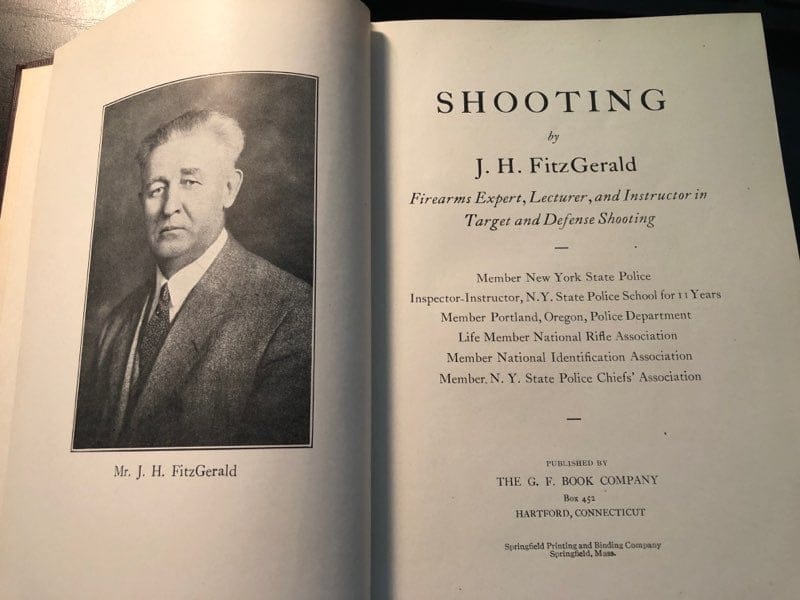
FitzGerald’s shooting background and his relationship with law enforcement led to an interest in what was known as “practical shooting,” more commonly called “defensive” shooting today. He developed the Colt Police Silhouette Target when most agencies were still using bullseye targets. He was an early advocate for large caliber handguns chambered in .45 Colt and pioneered the two-handed shooting technique that was further developed by Jack Weaver and Jeff Cooper.
“Practical shooting,” Fitzgerald wrote, “is the placing of your bullets in the human body in such a manner that said human will be unable to shoot at you. The penalty for not being able to do this is the loss of your own life.” Pretty straightforward and impossible to argue against.
FitzGerald shot competitively for Colt and worked in their custom shop until his retirement in 1944. He was known to set up a table every year at the Camp Peary shooting championships where he did custom work on attendees’ guns. He passed away in 1945.
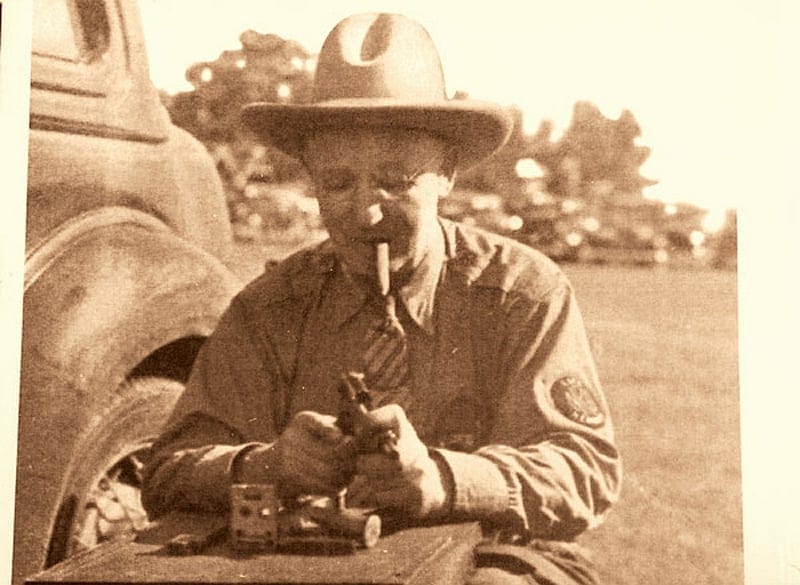
The Real Fitz Special
In 1924, in keeping with his interest in practical shooting, FitzGerald began experimenting with Colt New Service revolvers to make them faster. A skilled gunsmith, FitzGerald cut the barrel down to two inches, re-crowning it and installing the blade sight from the original barrel. The hammer spur was shaved off, giving the hammer a smooth, rounded, bobbed look. The ejector rod on early Fitz Specials was left alone but later models were often shortened. All the sharp edges were rounded off to keep them from catching on clothing when the gun was drawn. The butt was also shortened and rounded in many examples.

Keep in mind that most men wore some kind of suit every day back then and many who carried a gun drew from inside their suit jacket, often while wearing a topcoat. Shortening the barrel, bobbing the hammer, and rounding all the edges could be a big deal to a policeman or anyone else carrying a pistol that way.
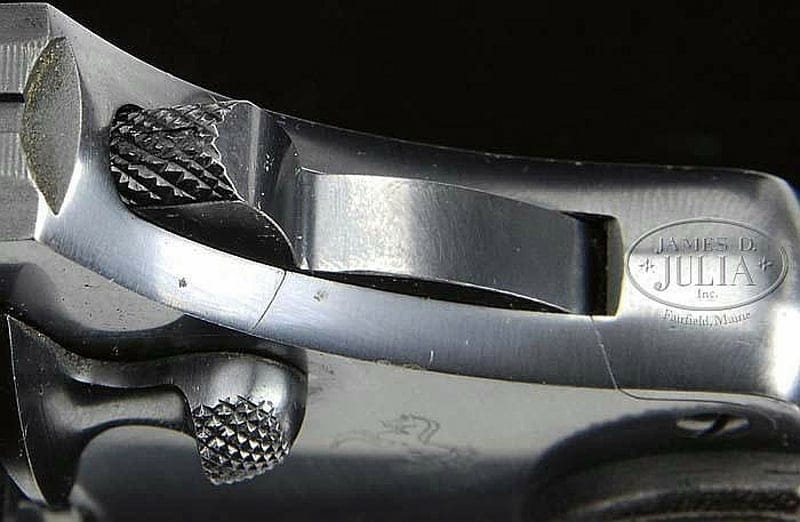
In his 1930 book, Shooting, FitzGerald explained why he liked the two-inch barrel of his design. He cited ease of carry, faster deployment, reduced likelihood of catching on close obstacles like a steering wheel, its effectiveness at typical gunfight distances, and reliability. By reliability, he meant that, despite sometimes questionable ammo quality, it was almost impossible for a bullet to get stuck in a two-inch barrel. Shooting, by the way, is still considered one of the best works ever written on the art of shooting a handgun. It’s still in print and available on Amazon and other bookselling services.
The most noticeable feature of the Fitz Special is the trigger guard. FitzGerald removed the front part, giving free access to the trigger. The rear half of the trigger guard was smoothed and rounded, extending a fraction of an inch past the tip of the trigger to provide a measure of safety while holstering the gun. It’s said that FitzGerald was a large man with big fingers, possibly making it more difficult to find the trigger in a hurry, especially when wearing gloves. In Shooting, FitzGerald confirmed the purpose of the cutaway trigger guard.

Though they still retained single-action capability, the guns made by FitzGerald himself also came with his special double-action trigger job, making them faster still. Some lawmen apparently saw the obvious advantages in case of a close encounter of the outlaw kind.
The Fitz Special was never featured in Colt’s catalog. It was a word-of-mouth kind of thing. If you knew, you knew. They were available on request from Colt’s custom shop and were made from Colt New Service, Police Positive, Official Police, and Detective Special revolvers in .45 Colt and .38 Special. There are also a few .22 caliber Banker’s Specials that were “Fitzed.” At least three unique examples, two made from other models, are known to exist. Those will be discussed in the second half of this series. There may be others.
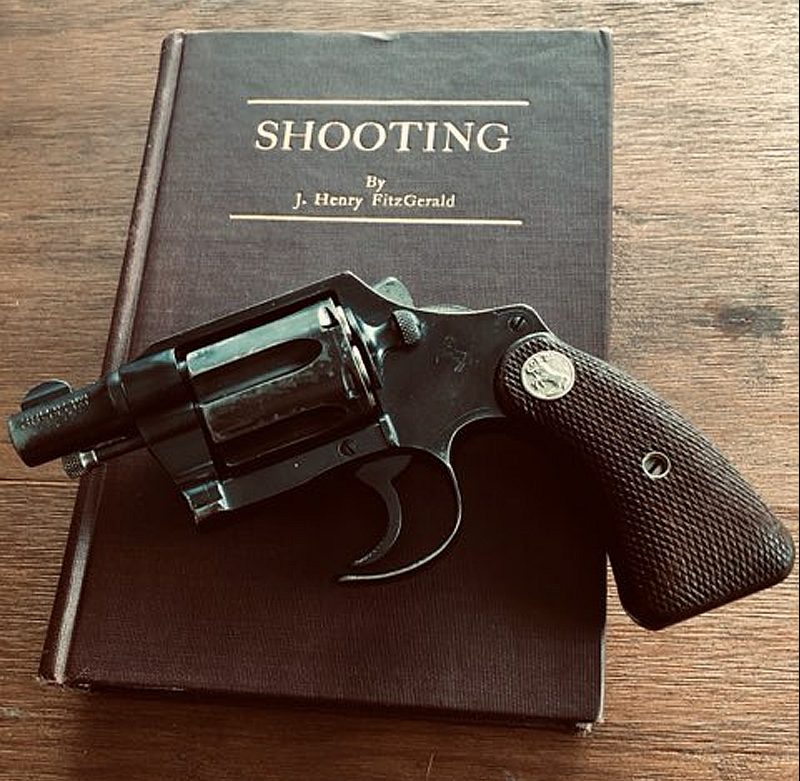
No one knows how many Fitz Specials were made by FitzGerald himself. Some say as few as twenty, with others speculating as many as a hundred or somewhere in between. All told, there were no more than 150 to 200 Fitz Specials produced by Colt, including the guns made by FitzGerald. 120 to 140 of those started as Detective Specials. The Colt archives show that there are twenty New Service Fitzes. It is reasonable to assume that FitzGerald worked on at least some of the commercial guns but there is no way to know which ones. The guns didn’t have a particular serial number range because they were made on request and just pulled from the production line by the custom shop.
According to researchers, FitzGerald ordered a batch of two-inch .45 Colt barrels around 1924. Those barrels were used for Fitz Specials over the next two decades but, again, we don’t have exact numbers. There is also one gun known to have been made by FitzGerald in .45 ACP and one rumored to have been in .455 Webley. The precise number he made may never be known. Colt, and FitzGerald himself, didn’t always keep meticulous records.
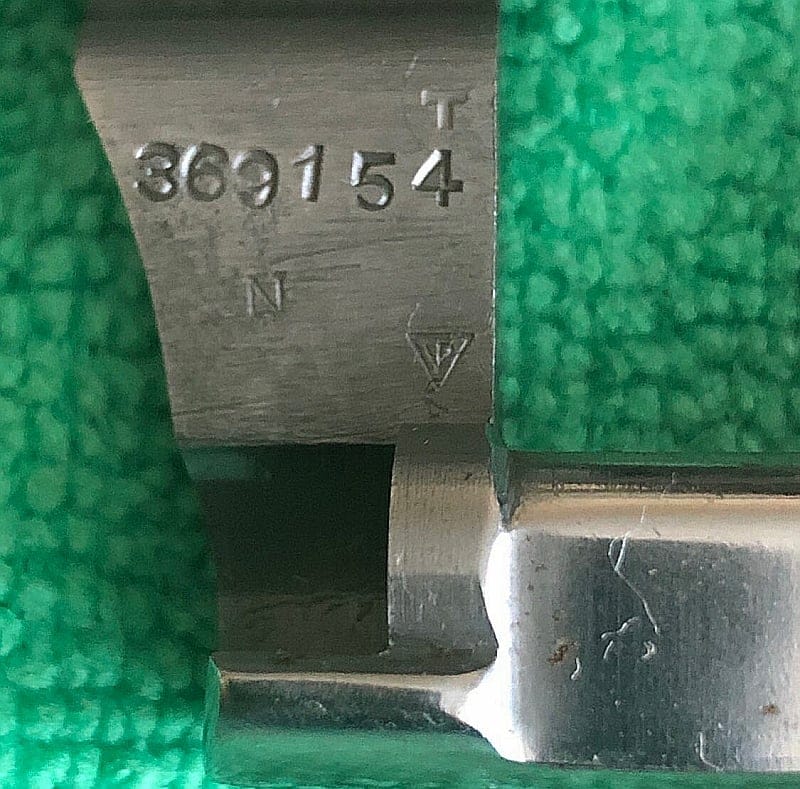
Some genuine Fitz guns have the Colt “VP” (verified proof) stamp under the crane since its original position was on the left front of the trigger guard, which was, of course, removed. But that method of identification isn’t always reliable. FitzGerald himself is known not to have bothered with restamping the VP on early guns. Beginning in 1930, commercial Detective Special Fitzes have the stamp on the right rear of the trigger guard. Starting in 1935, the VP was stamped under the crane. Once again, there is no way to tell which of those were made by FitzGerald.
FitzGerald’s alterations to the Colt Police Positive in 1926 led directly to the introduction of the snub-nosed Detective Special, complete with a two-inch barrel, a year later. The very early Detective Specials were called “2-inch Police Positive Specials.” The barrel didn’t even have a model name or a Colt address stamp, as did regular production revolvers. My collector friend speculates that they were probably probationary until they caught on. Those guns are now referred to as “Pre-Detectives.”

John Henry FitzGerald holds a unique place in American Firearms history. He sounds like a guy I’d have liked to know. I can’t believe I hadn’t heard of him until I began researching this article. But I have now, and I intend to learn more. I’ve already ordered a copy of Shooting. The second half of this series will look at some of the more notable Fitz Specials and the people who owned them. Stay tuned.
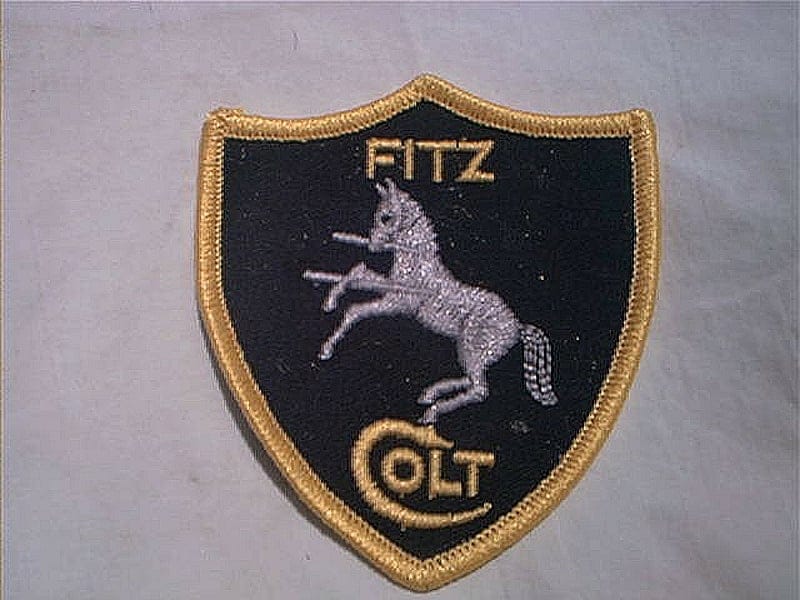
Author’s note: I would like to express my sincere gratitude to Winston Wolfe and Jake Bush for their singular contributions to this article. Any inaccuracies are mine alone.


